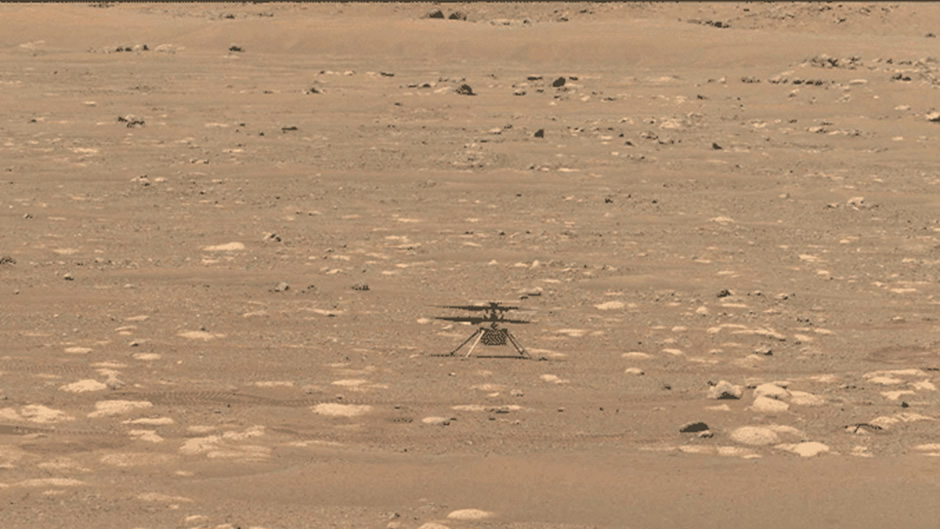NASA’s Ingenuity helicopter made history by flying on Mars on April 19. At 10:49 am (PDT), the tiny helicopter spun its carbon fibre rotor blades and lifted itself into the thin Martian air, rising to a height of about three meters above the ground, before settling back down to the ground. Since this ground breaking flight, a further three flights have been completed, with the latest one taking place on 30th April.
But given the huge costs of this mission (and many others like it planned), many have been asking what the benefits to humanity are and whether or not the huge sums used to fund these programmes could be better spent on more urgent needs?
Ingenuity’s flight is the culmination of more than seven years of conceptualisation, building, testing and hope by the flight team. originally scheduled for April 11, the flight has to be delayed to permit an update of the helicopter’s software. A high-speed spin test on April 16 showed the change would work, setting the stage for the April 19 flight.
With the successful completion of test flights, NASA has indicated it will be scheduling in more tests to figure out the full operational capabilities of the chopper.
“The Ingenuity technology demonstration has been a resounding success,” associate administrator for the NASA Science Mission Directorate Thomas Zurbuchen said in a statement Friday.
“Since Ingenuity remains in excellent health, we plan to use it to benefit future aerial platforms while prioritizing and moving forward with the Perseverance rover team’s near-term science goals,” he added.
While NASA’s Perseverance rover, which successfully landed on February 18, has a clear goal, which is to study rocks and soil samples found on the planet to establish if previous life existed there billions of years ago, the objective of Ingenuity helicopter are not clear cut.
Originally, the Ingenuity helicopter’s task was to show its flying ability, given the differences in atmospheric pressure and gravity found on the planet compared to Earth. The air’s density of the red plan is only about 1 percent that at sea level on Earth. This makes it incredibly difficult for the helicopter’s blades to push against that thin air hard enough to get off the ground. The success of these test flights proves that powered flight is possible in Mars’ thin atmosphere.
Which is all well and good. But what does it mean for those living on Earth right now? The contention being that space exploration of this scale is unnecessary given the humanitarian problems, from COVID 19, the environment catastrophe, hunger and malaria that Earth is facing in this current moment? Perhaps these huge sums could be better spent to solve these humanitarian problems.
However, this argument fails to address the fact that the research and development that goes into these massive projects inevitably benefits Earth, directly and indirectly. True, we may not be able to visualise right now the direct healthcare benefits of Ingenuity helicopter’s ‘wow’ moments but make no mistake, there is much behind-the-scenes preparation and research into materials and software that has gone into this program that is bound to trickle back and benefit us all.
If in doubt, just think of the knowhow that previous space exploration has generated which has in turn been applied to healthcare and lifesciences, from digital imaging technologies, prosthetic limbs, heart pumps, cochlear implants, freeze drying, HACCP and water purification. NASA played a large part in their research and development.






